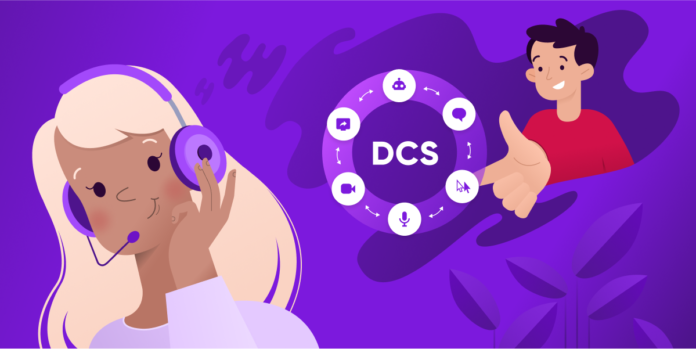How Would Your Service Model Be Different?
Let’s play a game. Imagine for a moment if you could configure the perfect service operation for your organization from scratch, without regard to whatever systems and platforms you’re stuck with today.
- Same number of customers
- Same issues they need to resolve
- Same budget available to you
Those things remain the same, but you get a once-in-a-lifetime opportunity to change anything about the overall experience your customers are having every day as they interact with your organization.
Knowing what we know now–as different as customer expectations and behavior have become over just the past few years–what would you do differently if you got a “do-over?”
Here are 3 likely changes you would want:
- Create a system that assumes the majority of customers will reach out to you first through one of your digital channels.
- Of course, they already are: according to Forrester 84% of customers begin a service interaction by going online.
- Of course, they already are: according to Forrester 84% of customers begin a service interaction by going online.
- Stop making customers abandon their digital journey and force them to make a separate phone call any time they need to speak to a live agent.
- This is the leading cause of unnecessary customer effort in today’s digital-first world, the “disconnect” between the on-screen experience (self-service, bots, live chat) and the off-screen experience (voice communication, talking with a human).
- This is the leading cause of unnecessary customer effort in today’s digital-first world, the “disconnect” between the on-screen experience (self-service, bots, live chat) and the off-screen experience (voice communication, talking with a human).
- “Curate” digital journeys for each customer, based on the specific issue or problem they are dealing with at that exact moment.
- Some issues are best resolved through virtual assistance, some through live assistance, and others through a “hybrid” of both. If you were able to match the optimal experience to each unique issue type–and if the transitions between them were completely seamless–imagine how much more effortless the whole service experience would be.
And while some of these “wants” might have seemed out-of-reach for most companies in the past (or aspirational at best), Glia and Digital Customer Service (DCS) are enabling each of these to become “right now” realities.
Using DCS, you can serve digital-first customers the way they prefer to be served. You can make it easy for them to speak with a live agent any time they like–but within the context of the digital journey they already started, using OnScreen Voice.
This is exactly what you’d want if you could start all over again from scratch. Face it:
- You didn’t ask for customer behaviors to change more quickly in half-a-generation than at any other time in human history. But they have. Most of us are now “digital-first” people.
- You didn’t ask for the telephony-based service model that worked so well for years to become outdated. But it has. Most of us now live our lives on our screens.
There aren’t many moments in your career where you get a true “do-over.” But you just got one. Use it wisely.





